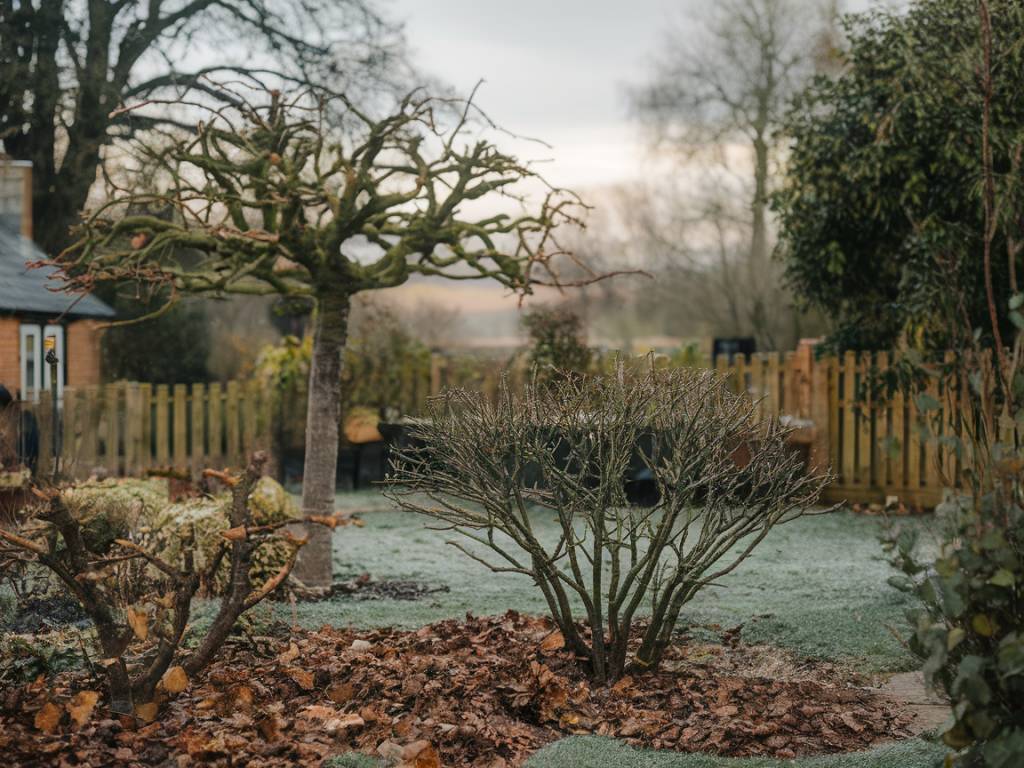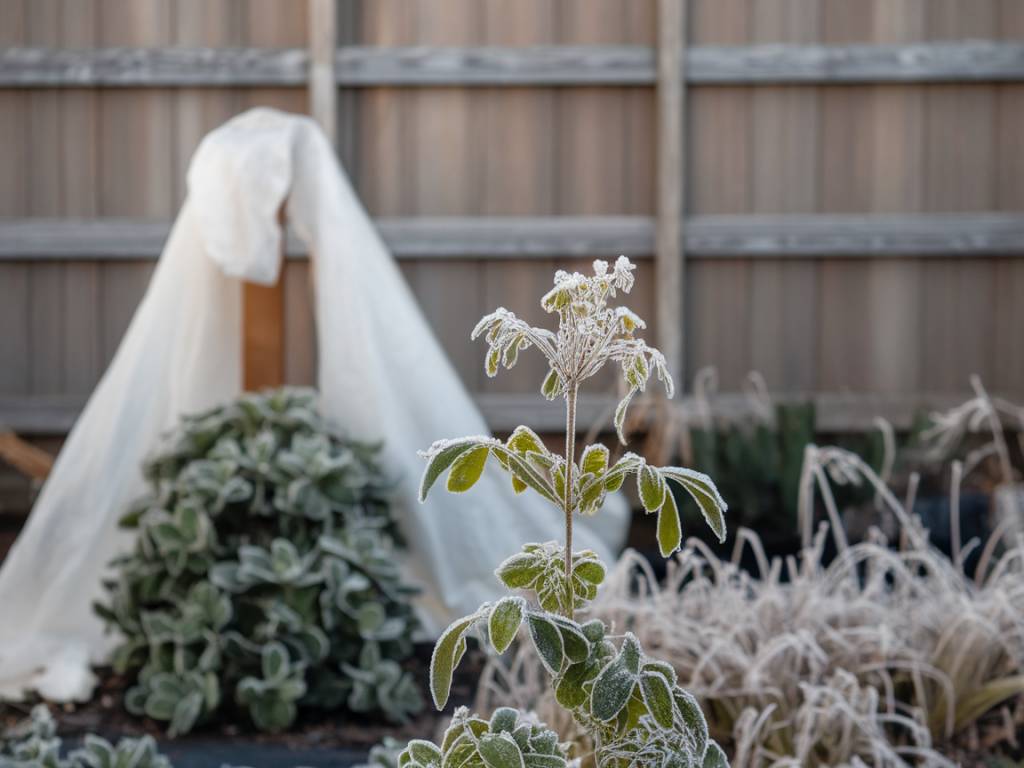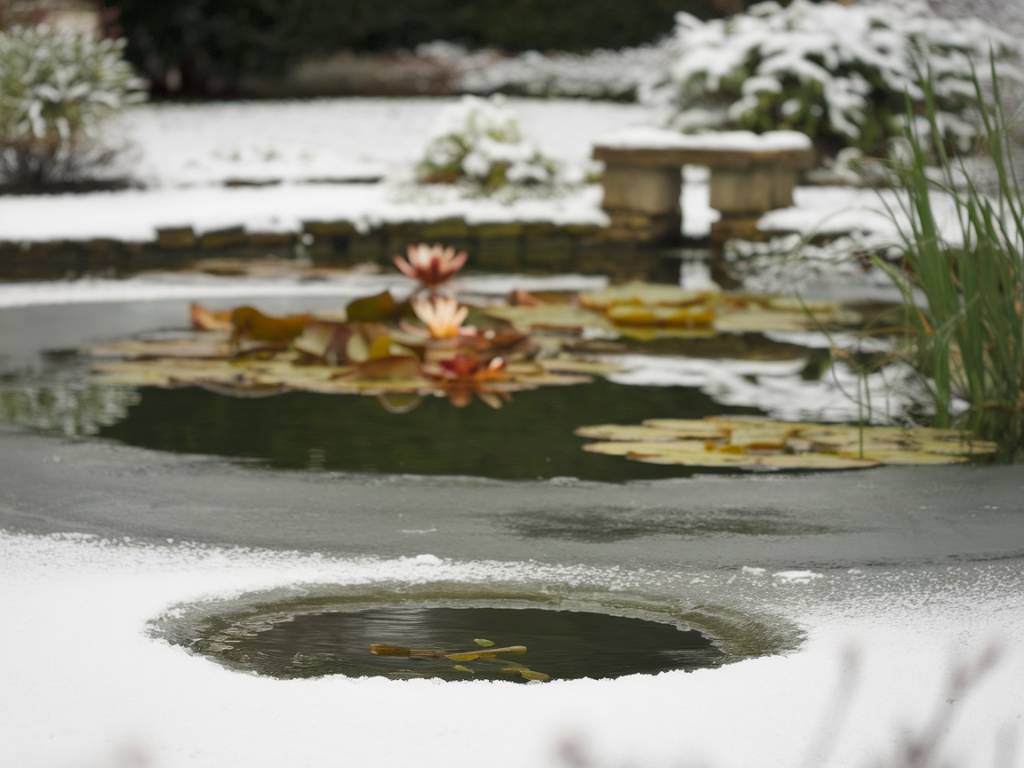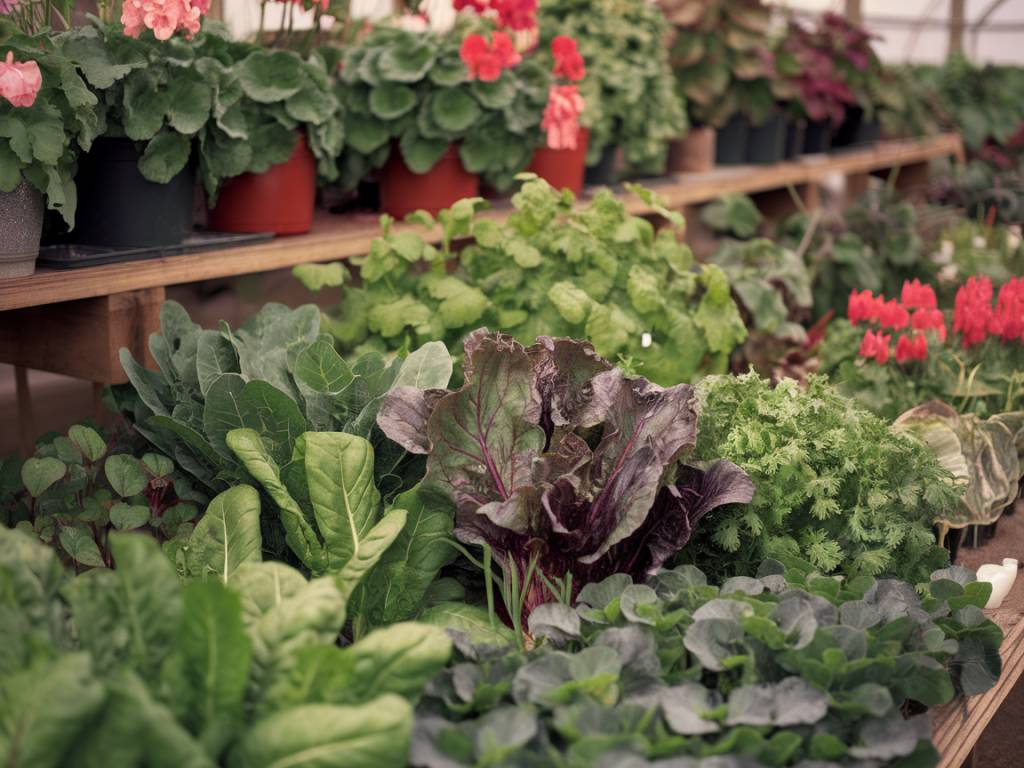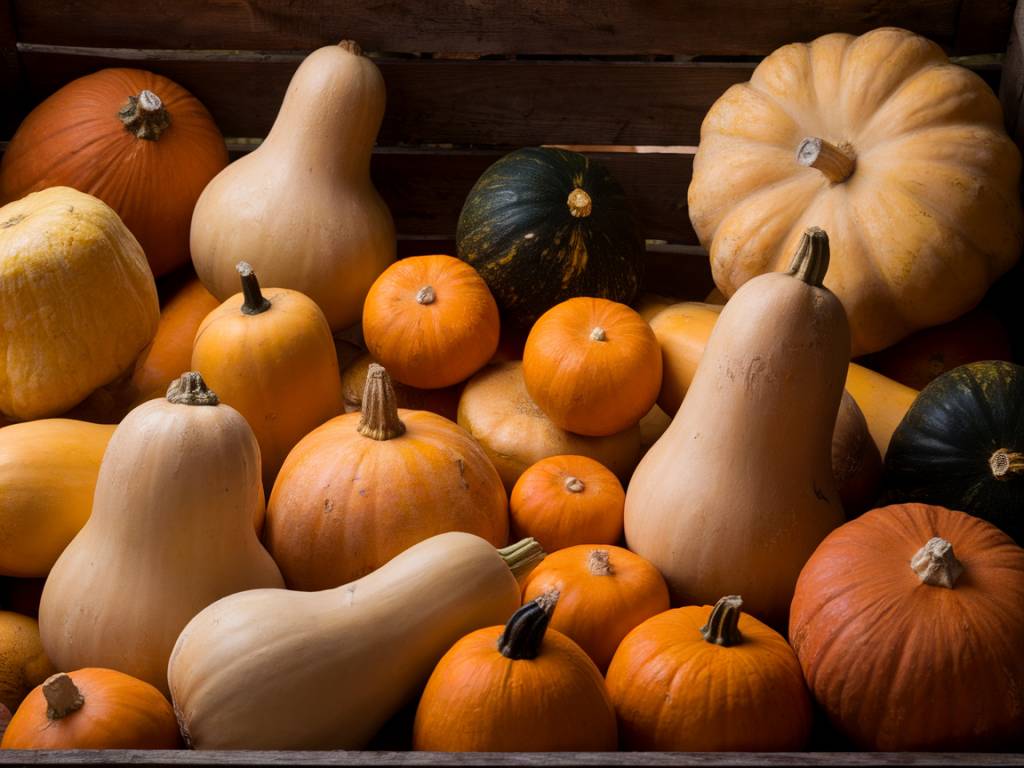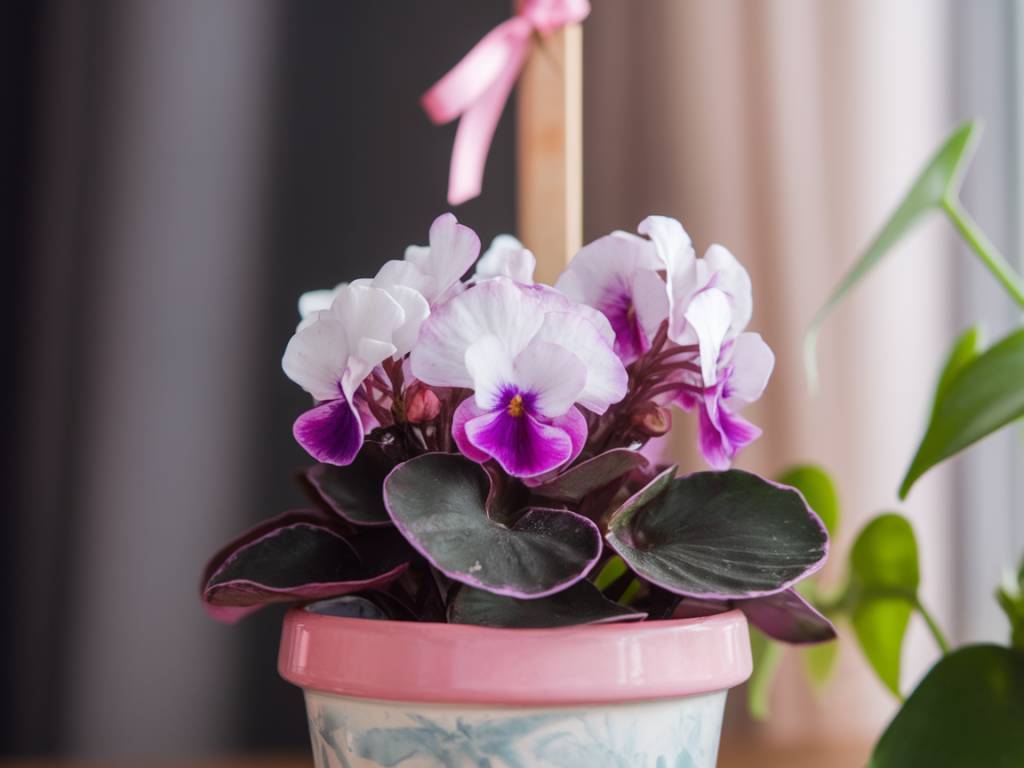Winter is a critical time for our gardens, especially when it comes to pruning. Pruning during the winter months can give your plants a much-needed boost come springtime. But knowing which plants to cut back and when to do so can make a significant difference in the overall health and productivity of your garden.
The Importance of Winter Pruning
Winter pruning is essential for several reasons. First, it helps to remove dead, damaged, or diseased branches, preventing them from affecting the plant’s overall health. It also allows for better air circulation and light penetration, which can reduce the likelihood of fungal infections. Moreover, winter pruning can shape and direct the growth of plants, ensuring they remain aesthetically pleasing and structurally sound.
Another significant advantage is that with the foliage gone, you can see the plant’s structure more clearly, making it easier to determine where to make cuts. This is particularly useful for deciduous trees and shrubs, which lose their leaves in winter.
Which Plants Benefit from Winter Pruning?
Not all plants are suitable for winter pruning, and it’s crucial to know which ones will benefit the most from it. Here are some common garden plants that are ideal candidates for winter pruning:
- Deciduous Trees: Trees such as maples, oaks, and elm trees benefit from winter pruning. This practice helps to maintain their shape and removes weak or damaged branches.
- Fruit Trees: Apple, pear, and plum trees can all be pruned in winter. This encourages new growth and increases fruit yield in the coming seasons.
- Roses: Many rose varieties, particularly hybrid tea and floribunda types, thrive with a good winter pruning. This encourages strong, healthy growth in spring.
- Hardy Shrubs: Shrubs like hydrangeas, butterfly bushes, and smoke bushes respond well to winter pruning.
- Perennials: Certain perennials like lavender and Russian sage can be pruned back in winter to promote robust growth.
When to Prune
The timing of pruning is just as important as knowing what to prune. Winter pruning should generally take place during the plant’s dormant period, which occurs after the leaves have dropped but before new growth begins in the spring. This usually falls between late November and early March, depending on your local climate.
While pruning, always consider the weather forecast. It’s best to avoid pruning on extremely cold days, as the cut wounds can be more vulnerable to frost damage. Mild, dry days are ideal for winter pruning.
Furthermore, it’s good to know that certain plants, like spring-flowering shrubs, should not be pruned in winter as it can remove the flower buds they developed during the previous season. Always do a bit of research on the particular needs of your plants before making any cuts.
Tools You Will Need
Having the right tools is crucial for effective winter pruning. Ensure you have the following:
- Pruning Shears: For small branches and stems.
- Loppers: For thicker branches that are too big for pruning shears.
- Pruning Saw: For large branches and limbs.
- Protective Gear: Gardening gloves and safety goggles to protect yourself from thorns and debris.
- Disinfectant: To clean your tools between cuts, especially if you’re dealing with diseased plant material.
How to Prune
Effective pruning requires proper technique. Here are some step-by-step guidelines to help you out:
- Assess the Plant: Take a good look at the plant from all angles. Identify any dead, damaged, or diseased branches that need to be removed first.
- Make Clean Cuts: Always use sharp tools to make clean cuts that will heal more quickly. Avoid jagged edges, which can invite disease.
- Cut at the Right Angle: When trimming branches, make your cuts at a 45-degree angle away from the bud. This allows water to run off and prevents rot from settling in.
- Thin Out Crowded Areas: Remove any branches that are crossing or rubbing against each other. This will improve air circulation and reduce the risk of disease.
- Shape the Plant: Step back occasionally to envision the plant’s natural shape. Make cuts that help maintain or naturally enhance this shape.
Some Do’s and Don’ts
Pruning can seem daunting, especially for beginners. Here are some do’s and don’ts to keep in mind:
- Do clean your tools: Cleaning your tools between cuts helps prevent the spread of disease from one plant to another.
- Do take your time: Don’t rush the process; hastily made cuts can do more harm than good.
- Do research: Knowledge about the specific plant you’re dealing with can provide valuable insights into the best pruning practices.
- Don’t prune too early: Avoid pruning too early in the winter, as plants need to be fully dormant to minimize stress.
- Don’t remove more than necessary: Over-pruning can weaken the plant. Aim to remove no more than one-third of the plant’s mass at a time.
Common Mistakes to Avoid
Even seasoned gardeners can make mistakes. Here are some common pitfalls to avoid during winter pruning:
- Ignoring the Plant’s Natural Shape: Pruning should enhance the plant’s natural growth pattern, not fight against it.
- Over-Pruning: Removing too much at once can cause undue stress and weaken the plant.
- Pruning at the Wrong Time: Timing is crucial. Pruning too early or too late in the season can impact the plant’s health and future growth.
- Using Dull Tools: Always ensure your tools are sharp to make clean cuts.
- Neglecting Safety: Wear appropriate protective gear and be cautious, especially when using saws and loppers.
Winter pruning is an essential part of garden maintenance that can set the stage for a thriving garden in the spring. By understanding which plants to prune, the best time to do so, and the right techniques to use, you can ensure your garden remains healthy and beautiful year-round.
Happy pruning! If you have any questions or need further advice, feel free to reach out in the comments. I’m always here to help.
Samanta

